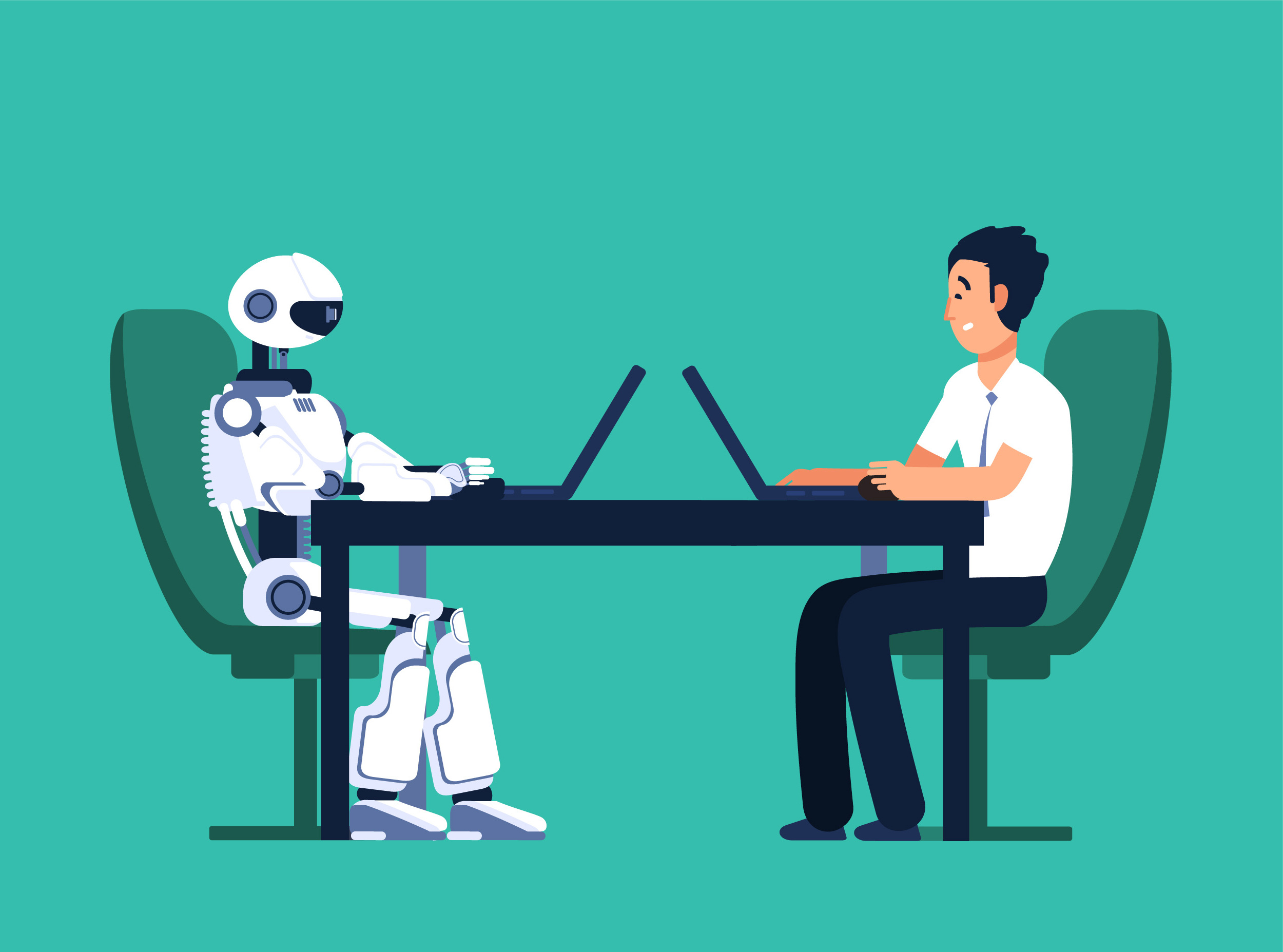
Machine translation has come a long way since its early days. What is machine translation? Simply put, it’s the process where computers translate text from one language to another. This technology has revolutionized how we communicate across language barriers. From Google Translate to sophisticated AI-driven systems, machine translation tools are now part of our daily lives. They help businesses reach global audiences, assist travelers in foreign lands, and even support language learning. But how accurate are these translations? What challenges do they face? Let’s dive into 19 intriguing facts about machine translation that will shed light on its capabilities, limitations, and future potential.
What is Machine Translation?
Machine translation (MT) refers to the use of software to translate text or speech from one language to another. It has come a long way since its inception and is now a crucial tool in global communication.
-
The first machine translation experiment took place in 1954. IBM and Georgetown University translated 60 Russian sentences into English using an IBM 701 computer.
-
Google Translate, one of the most popular MT tools, was launched in 2006. It initially used a statistical machine translation approach.
-
Neural machine translation (NMT) is the latest advancement in MT. It uses deep learning models to improve translation accuracy.
How Does Machine Translation Work?
Understanding the mechanics behind MT can help appreciate its complexity and capabilities.
-
Statistical machine translation (SMT) relies on analyzing large amounts of bilingual text data to find patterns and probabilities.
-
Rule-based machine translation (RBMT) uses linguistic rules and dictionaries to translate text. It was one of the earliest methods used.
-
Neural machine translation (NMT) employs artificial neural networks to predict the likelihood of a sequence of words. This method has significantly improved translation quality.
Benefits of Machine Translation
MT offers numerous advantages, making it an indispensable tool in various fields.
-
MT can process large volumes of text quickly, saving time and effort compared to human translation.
-
It enables real-time communication across different languages, breaking down language barriers in global interactions.
-
MT is cost-effective, especially for businesses that need to translate large amounts of content regularly.
Challenges in Machine Translation
Despite its benefits, MT faces several challenges that impact its effectiveness.
-
Translating idiomatic expressions and cultural nuances remains difficult for MT systems.
-
MT struggles with languages that have less digital text data available for training, resulting in lower accuracy.
-
Contextual understanding is a significant challenge. MT systems may produce literal translations that lack the intended meaning.
Applications of Machine Translation
MT is used in various industries, enhancing productivity and communication.
-
E-commerce platforms use MT to translate product descriptions, reviews, and customer support queries.
-
Social media platforms employ MT to facilitate cross-language interactions among users.
-
The healthcare industry uses MT to translate medical documents, patient records, and research papers.
Future of Machine Translation
The future of MT looks promising with ongoing advancements in technology.
-
Researchers are exploring ways to improve MT's ability to understand context and cultural nuances.
-
The integration of MT with other AI technologies, such as natural language processing (NLP), is expected to enhance its capabilities.
-
MT systems are being developed to support more languages, including those with limited digital text data.
-
The use of MT in real-time speech translation is becoming more prevalent, enabling seamless communication in multilingual settings.
The Future of Machine Translation
Machine translation has come a long way from its early days. With advancements in artificial intelligence and neural networks, translations are becoming more accurate and nuanced. However, it's not perfect yet. Human translators still play a crucial role in ensuring context and cultural nuances are preserved.
As technology continues to evolve, expect even more sophisticated translation tools. These will likely integrate with various applications, making communication across languages seamless. But remember, while machine translation is a powerful tool, it’s not a complete replacement for human expertise.
Understanding these facts about machine translation helps appreciate its capabilities and limitations. Whether you're a casual user or a professional, knowing how to leverage this technology can make a big difference. Keep an eye on future developments—they're bound to be exciting!
Was this page helpful?
Our commitment to delivering trustworthy and engaging content is at the heart of what we do. Each fact on our site is contributed by real users like you, bringing a wealth of diverse insights and information. To ensure the highest standards of accuracy and reliability, our dedicated editors meticulously review each submission. This process guarantees that the facts we share are not only fascinating but also credible. Trust in our commitment to quality and authenticity as you explore and learn with us.


